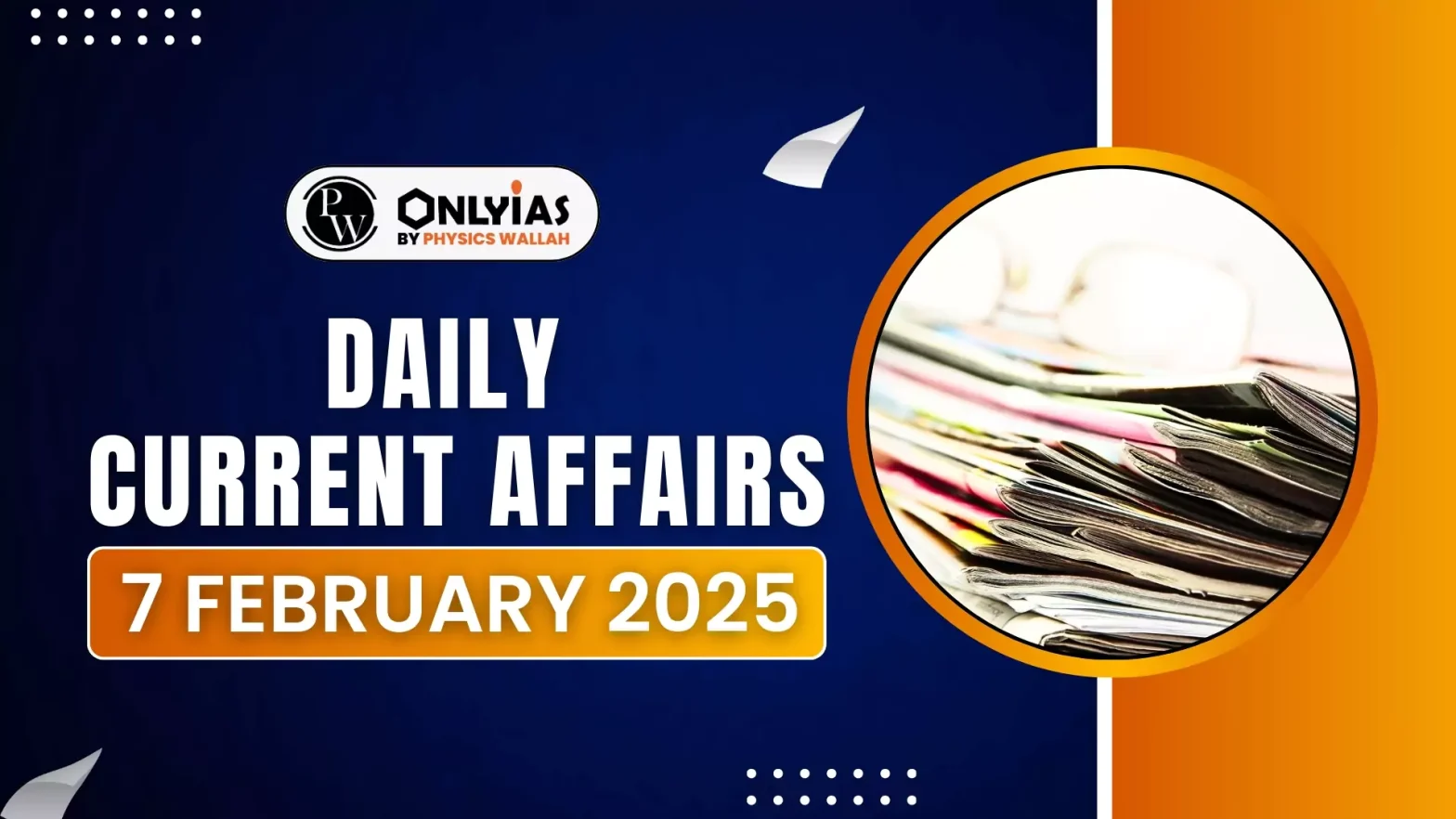The Reserve Bank of India’s (RBI) Monetary Policy Committee (MPC) has announced a 25 basis point (bps) cut in the repo rate, bringing it down to 6.25%.
- GDP growth for 2024-25 is estimated at 6.4%, the slowest in four years.
- RBI estimates GDP growth for the next fiscal year (2025-26) at 6.7%.
- The government’s Economic Survey projected growth between 6.3-6.8% for 2025-26, supported by a strong external account, fiscal consolidation, and stable private consumption.
Enroll now for UPSC Online Course
Repo Rate Cut
- The reduction in Repo Rate is the first rate cut in five years (last cut was in May 2020).
- The repo rate was previously at 6.5%.
- The decision was unanimous by the six-member Monetary Policy Committee (MPC).
- The rate cut aims to stimulate economic activity by making borrowing cheaper, encouraging spending and investment.
- This comes shortly after the Centre’s personal income tax reduction, showing coordinated efforts to boost economic activity.
Possible Impact of the decision
- A reduction in the repo rate will lower external benchmark lending rates (EBLR), reducing EMIs for borrowers.
- Interest rates on loans linked to the marginal cost of fund-based lending rate (MCLR) may also decrease.
Monetary Policy Committee (MPC)
- The MPC is a six-member committee of the Reserve Bank of India responsible for setting the country’s monetary policy, primarily the repo rate.
- MPC was established following a Memorandum of Understanding (MoU) between the Government of India and RBI to implement the inflation-targeting monetary policy framework.
- Legal Framework: The RBI Act, 1934, was amended by the Finance Act, 2016, to provide a statutory and institutional framework for the MPC.
- Inflation Targeting: The MPC aims to keep Consumer Price Index (CPI) inflation at 4%, with a tolerance band of 2% to 6%.
- Composition: It has 6 members including the Chairman.
- 3 members from the RBI.
- 3 government-nominated external members.
- The Governor of the RBI serves as the ex-officio Chairman of the MPC.
- Meeting Frequency: The MPC is required to meet at least four times a year.
- Quorum: A minimum of four members is required for a valid meeting.
- Voting: Each member has one vote.
- In case of a tie, the Governor has a second or casting vote.
- Monetary Policy Report: The RBI issues a Monetary Policy Report every six months, explaining the origins of inflation and providing inflation estimates for the next 6-8 months.
Check Out UPSC NCERT Textbooks From PW Store
Repo Rate
- Repo Rate (Repurchase Agreement Rate) is the interest rate at which commercial banks borrow funds from the RBI by pledging government securities as collateral.
- It is a tool to control inflation and liquidity in the economy.
Impact of Repo Rate Changes
- An increase in the repo rate raises borrowing costs, making loans expensive, reducing money supply, and helping control inflation.
- Conversely, a decrease in the repo rate lowers borrowing costs, making loans cheaper, increasing money supply, and boosting investment and economic growth.
- Example: If the RBI lowers the repo rate from 6.5% to 6.25%, banks can borrow money at a lower interest rate, leading to cheaper loans for businesses and consumers.
Reverse Repo Rate
- The reverse repo rate is the rate at which the RBI pays commercial banks for their surplus funds. It is always lower than the repo rate.
- It is used to absorb excess liquidity from the banking system, helping in controlling inflation.
Enroll now for UPSC Online Classes
Impact of Reverse Repo Rate Changes
- An increase in the reverse repo rate encourages banks to deposit more money with the RBI, reducing funds available for lending and helping control inflation.
- Conversely, a decrease in the reverse repo rate discourages banks from depositing with the RBI, increasing funds available for lending and promoting investment and economic activity.
- Example: If the RBI increases the reverse repo rate, banks prefer to park their funds with the RBI instead of lending, reducing liquidity in the economy.
Ready to boost your UPSC 2025 preparation? Join PW’s UPSC online courses today!
![]() 7 Feb 2025
7 Feb 2025

